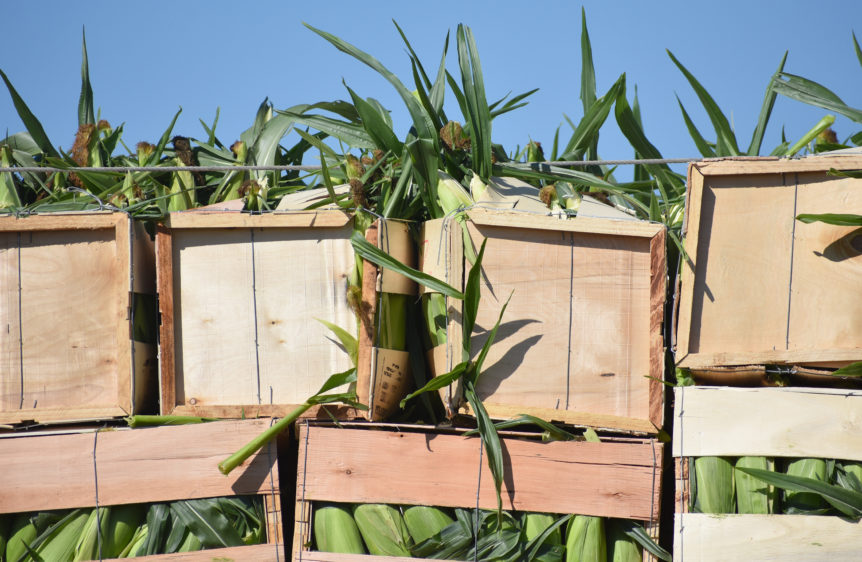
By Clint Thompson
Sweet corn producers should know that nitrogen applications can be reduced and spread out over the course of the season. That lessons the impact of leaching, a common problem for sandy soil production.
The 250 pounds of nitrogen per acre total that Andre da Silva, Extension specialist and associate professor of horticulture at Auburn University, determined is based off two years of research in Alabama and Georgia.
“We tried to investigate our nitrogen at pre-planting, at emergence and at sidedress. What we found out is it’s applying nitrogen 20% at preplanting out of the total nitrogen being applied; 50% at emergence, which will help maximize yields, but it will also give you freedom at sidedress application. This is your last pass with the tractor to increase that nitrogen, in case you’ve had rainfall events that will lead to nitrogen leaching,” da Silva said. “Watch what’s going on in the field, watch the weather conditions and puff up if needed.
“The reason why I started to do this research with nitrogen started a few years ago when I was at Georgia. Georgia growers requested that they needed recommendations for nitrogen. We didn’t have any recommendations. We have been using field corn recommendations, and we have been applying 300 pounds per acre, sometimes 400 pounds per acre per season. Growing sweet corn in the spring and fall results in a lot of nitrogen going into the ground.”
Nitrogen is vulnerable to leaching due to sandy soils throughout the Southeast. That is why it is important that nitrogen applications be spread out over the course of the season instead of just all at one time.










